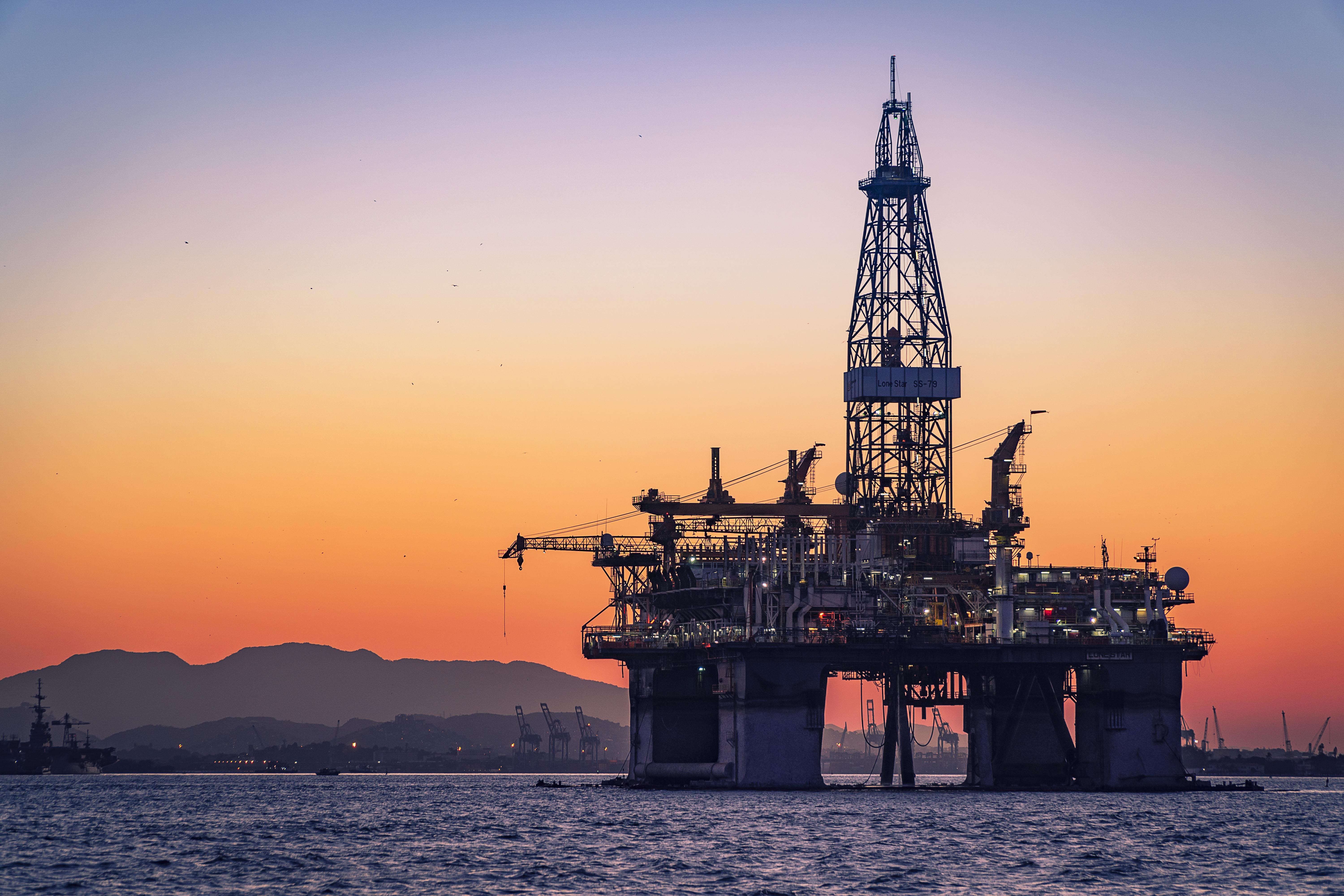BP Stock: Should You Buy It Now?
BP (BP) stock rose 3.9% on Monday due to higher oil prices. The drone attack on Saudi Arabia’s oilfield increased WTI crude oil by about 13%.
Sept. 17 2019, Published 1:21 p.m. ET

BP (BP) stock rose 3.9% on Monday due to higher oil prices. The drone attack on Saudi Arabia’s oilfield increased WTI crude oil by about 13%.
Why has BP stock fallen?
Despite the recent rise, BP stock has fallen 5.6% in the current quarter. In the second quarter, the company’s adjusted earnings fell 0.4% YoY (year-over-year) to $2.8 billion due to lower profits in its upstream, downstream, and Rosneft segments. The earnings fell due to lower upstream realizations and higher turnaround activities.
ExxonMobil (XOM), Chevron (CVX), and Royal Dutch Shell (RDS.A) have fallen 3.8%, 0.3%, and 10.9% in the quarter.
The falling stock led to a rise in BP’s dividend yield. The company’s dividend yield is 6.3%—the second-best dividend yield in the industry. While Shell has the highest dividend yield of 6.5%, ExxonMobil and Chevron have yields of 4.7% and 3.8%. Read Shell Stock Near Its 52-Week Low: Right Time to Invest? to learn more.
BP’s strategic measures
BP continues to work on its strategic measures—divestments and capex optimization. In the first half of the year, BP announced a divestment of $1.5 billion. Going forward, the company plans to divest more than $10 billion of assets in 2019 and 2020. BP also optimized its capex. In the first half of 2019, the company’s organic capex was at $7.3 billion, which rose marginally by $0.3 billion YoY. In 2019, BP expects its organic capex to be $15 billion–$17 billion.
The divestments and optimized capex should enhance the company’s cash and liquidity position. Also, surplus cash could be used to repay a portion of BP’s debt.
Strong upstream portfolio
BP’s upstream portfolio has been growing stronger. In the second quarter, the company announced the start of its fourth upstream project, Culzean, in the North Sea. Culzean followed BP’s earlier start-ups like Angelin offshore Trinidad, the second stage of the West Nile Development including the Giza and Fayoum fields in Egypt, and the Constellation in the Gulf of Mexico. BP expects one more mega project to start this year.
BP has brought about 23 upstream projects online since 2016. The company expects its net production to rise by 900,000 barrels of oil equivalent per day by 2021.
Analysts expect BP’s earnings to rise 20% in 2020. However, they expect the company’s earnings to fall 17% in 2019. The weaker earnings forecast is mainly due to the lower oil price estimate for the year. Overall, in the next two years, analysts expect BP’s earnings to increase 1%.
High debt spoiled the show
BP has a high percentage of debt on its balance sheet compared to its peers. The company’s total debt-to-total capital ratio, including lease liabilities, stands at 43%. The ratio is way higher than ExxonMobil, Chevron, and Shell. Their ratios are 19%, 16%, and 32%, respectively. Read ExxonMobil or Chevron: Which Is the Better Buy? to learn more.
BP’s highest total debt-to-capital ratio isn’t a comfortable situation. The ratio shows that the company has more debt in its capital structure compared to its peers. The company’s peers are in a better position to handle harsh business conditions. As a result, BP will have to work to reduce its debt level—a critical factor that investors will monitor closely.
BP’s high debt has also resulted in its lower valuation. The stock trades at 10.8x its forward PE ratio. However, peers have mixed valuations. While ExxonMobil and Chevron trade at higher forward PE ratios of 17.4x and 15.9x, Shell trades lower at a forward PE ratio of 10.2x.
Should you buy BP stock?
BP is a strong company with a robust upstream portfolio. In the event of higher oil prices, the company will be able to obtain high profits. BP’s strategic measures should improve its financials. Also, the stock provides a high dividend yield.
The only factor not in BP stock’s favor is its debt position. After implementing the IFRS standard on leases on January 1, the company’s balance sheet liabilities increased substantially.
So, the stock looks attractive at the current level. However, BP stock comes with its share of risk including high debt.
Market Realist analyst Maitali Ramkumar doesn’t hold a position in BP stock.
